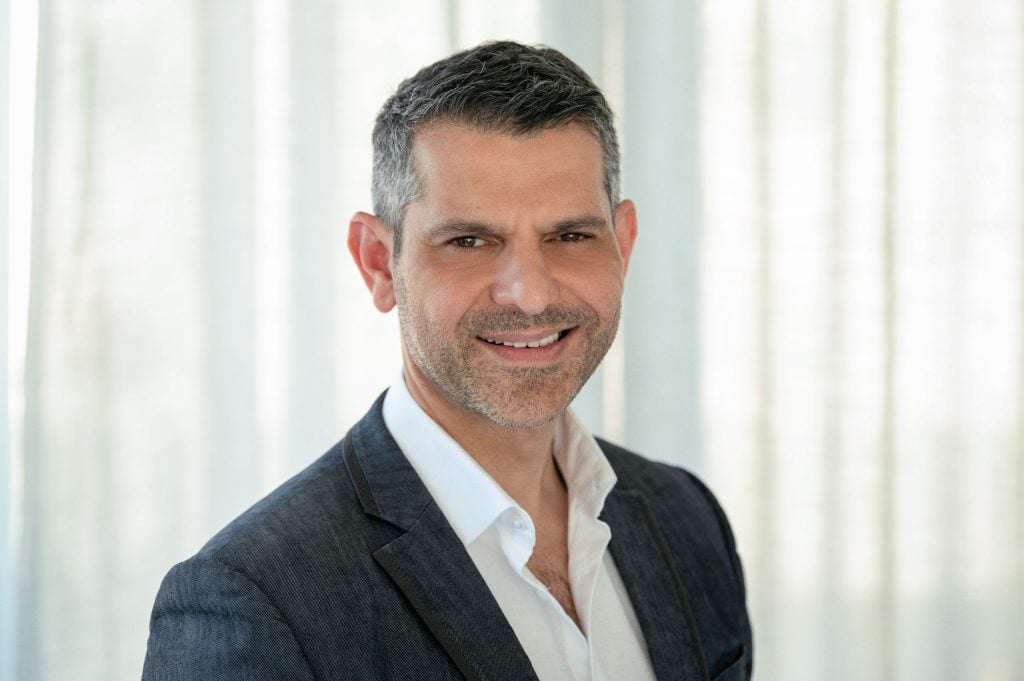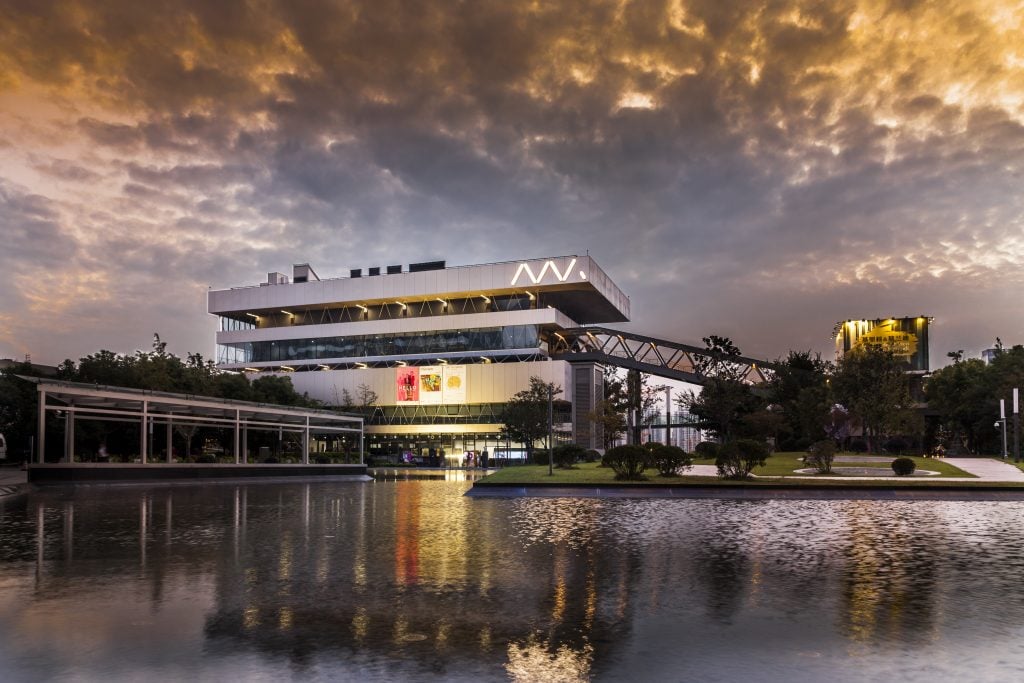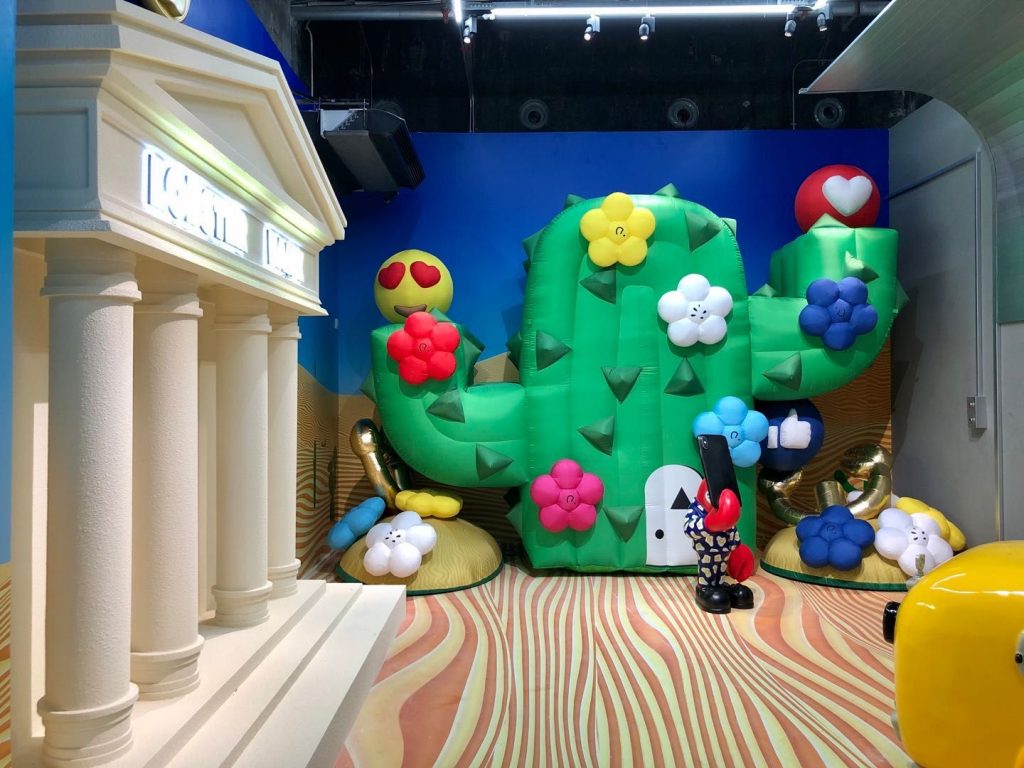How Shai Baitel, the Modern Art Museum Shanghai’s First Artistic Director, Is Using Immersive Technology to Put Visitor Experiences First


Artnet Gallery Network

The Modern Art Museum Shanghai named Shai Baitel its first artistic director this past January, marking a milestone for the institution that opened in 2016.
The Israeli-born Baitel is best known as the co-founder of Mana Contemporary, the expansive art centers with locations in Jersey City, Chicago, and Miami. In 2019, Baitel collaborated with the Mordern Art Museum (MAM) as curator of “Bob Dylan: Retrospectrum.” Baitel takes on this role at a unique time for the city and hopes to usher in a post-pandemic era with exhibitions devoted to Zaha Hadid and Andy Warhol.
We recently sat down with Baitel to discuss his vision and ambition for the museum.

Courtesy of Modern Art Museum Shanghai.
As the Modern Art Museum Shanghai’s first-ever artistic director, how will you shape your role?
My main objective is to shape the Modern Art Museum Shanghai’s identity as the first institution that is fully committed to education, knowledge, and enjoyment of art through an immersive and engaging experience. I will fulfill my role by being a connector between cultural spheres. Every exhibition concept starts with the audience. To me, this is the essential consideration and focus.
Today we are welcoming Generations Z and Alpha among our visitors. While we know our audience of previous generations, we learn that these new generations are consuming content, including art content, rather differently. Museums can no longer remain mere white cubes displaying art on walls or pedestals. I want MAM to be a stage where the art plays the lead role, offering a new approach and an experience that is built into the exhibition concept through design, light, sound, and other sensory features.
You’ve mentioned that the museum is dedicated to integrating technology. I’m sure that meets with some critical eyes. How do you respond to that?
MAM’s commitment to immersion and experience is rooted, first and foremost, in embedding storytelling into every exhibition concept. While new technologies such as digital projections, AR, and VR, find application in a museum context I believe that these are mere tools. There will be no compromise to providing the profound experience of encountering original art. Far from a “theme park,” MAM will supplement the experience of art with narratives and storytelling to ensure a lasting impression through education and excitement.
I am continuously learning more about the demands of a mostly Chinese audience. Putting myself in the place of a museum visitor is the starting point. The audience’s views and expectations are essential parts of any exhibition concept at MAM Shanghai. Through exhibition elements of distinctive engagement and immersion, I will provide context for and insights into artistic inspiration and motivation. And I will do so while being inclusive and inviting, changing the intimidating and elitist perception of museums.
How did your experience at Mana Contemporary prepare you for this position?
For a decade, my co-founder colleagues and I worked on exhibitions and projects at the center’s three locations. I had the privilege of collaborating with leading artists of our time—including Richard Serra, Shirin Neshat, Marina Abramović, Bill Viola, Steven Klein—and distinguished collectors, such as Billie Milam Weisman, Jorge Perez, Serge Tiroche, Jose Mugrabi, and Ella Fontanals-Cisneros. I learned about the importance of an overarching vision for a collection, be it a private one or an institutional one.
Through these joint projects, I learned a lot about reciprocal relationships in the arts that become stronger with the proper consideration of a narrative within a certain space for a certain audience. Moreover, I was invited to serve as an artistic director by a variety of entities that allowed me to sharpen my thinking in an out-of-the-box fashion.

Installation view “Bob Dylan: Retrospectrum,” 2019. Courtesy of Modern Art Museum Shanghai.
The narrative I proposed was based on the idea of a train ride, like the one Dylan took from Minnesota to New York City, where he would perform for the first time at Cafe Wha? in Greenwich Village. From those early days, Dylan has performed and created art continuously, so I wanted to convey this astonishing fact through a special experience.
The exhibition was conceived as a journey with stops along three parallel paths: geography, inspiration, and career landmarks. Another element of the exhibition concept was the consideration of Dylan as a timeless, multi-faceted artist, whose art-making and message goes “Beyond Generations,” which is the title of an essay on Dylan I was honored to co-write with Richard Thomas, the author of the book Why Bob Dylan Matters. Among other elements, the exhibition recreated Cafe Wha?’s stage, inviting visitors to take a seat to watch one of Dylan’s gigs. It also reimagined Dylan’s writing room, allowing visitors to browse books that had inspired him.

Installation view “Bob Dylan: Retrospectrum,” 2019. Courtesy of Modern Art Museum Shanghai.
What do you see as Shanghai’s role in the art world and the museum’s place in it?
It is an extraordinary opportunity to work in Shanghai, one of the world’s great art cities. Here I find a growing, forward-looking contemporary arts scene, propelled by a rapidly growing museum and gallery infrastructure as well as successful art fairs. Shanghai pairs an exciting cultural landscape with exciting young artists, and a surprisingly young, curious, knowledgeable audience, and a growing collector base. I am coming from a Western context and therefore MAM Shanghai is a great platform to have an important dialogue, a conversation with this audience. I want to learn, build an understanding, and share my vision.

Installation view of the current “Neo Golden Age” exhibition, 2021. Courtesy of Modern Art Museum Shanghai.
What exhibitions are you currently looking forward to at the museum?
I’m very excited about the upcoming Zaha Hadid Architects exhibition. It will be the first large-scale monographic exhibition that will provide a comprehensive overview of the recent and current work of the legendary architect. Another exhibition, “From Woodcut to WeChat,” is in the works, curated by author and art critic Barbara Pollack, an authority on Chinese contemporary art.
I also look forward to the presentation of a unique Andy Warhol project at MAM Shanghai this fall. It is based on an original concept I conceived, and which was developed through an essay I co-authored with two experts in their fields, Eric Shiner, a leading scholar on Andy Warhol, and Leonard Marcus, one of the preeminent scholars on children’s literature.